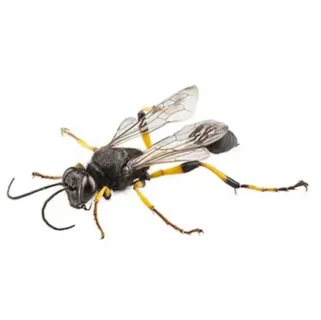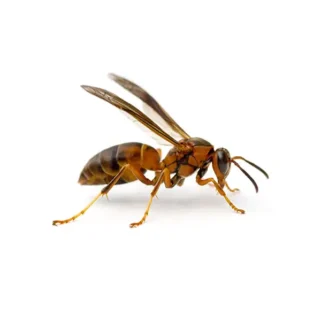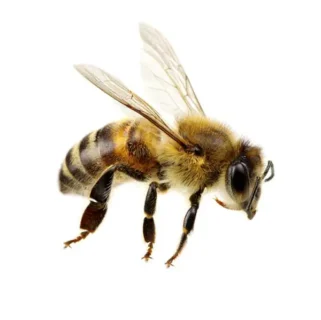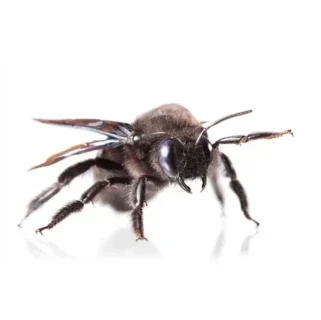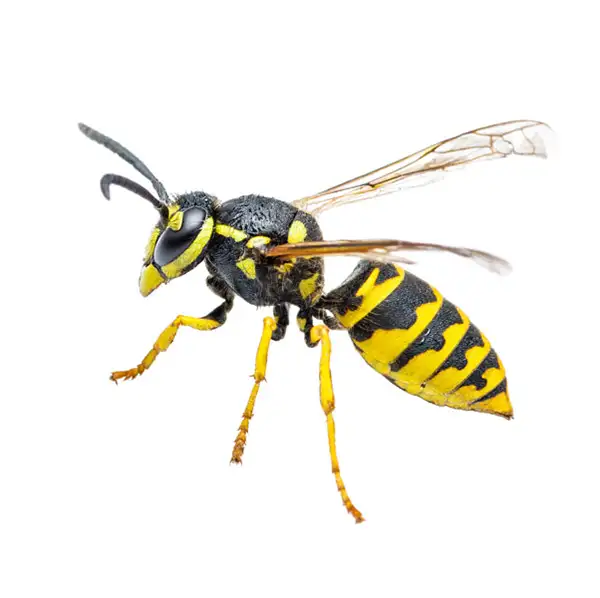
Yellowjackets in Kailua Kona
Yellowjackets, prevalent across the U.S., are among the most notorious wasps found nesting in structures, alongside European hornets. These beneficial insects reside in large colonies, posing less risk to humans if they didn’t exploit opportunities to nest in structural voids, attics, and landscaping features’ cavities. Adult yellowjackets primarily consume fruit juices and other sweet liquids, while their larvae are nourished with small insects such as caterpillars and flies.
Yellowjacket Habitat
Yellowjackets exhibit two nesting behaviors: ground nesters, often utilizing old rodent burrows, and aerial nesters. Aerial nests are commonly found nestled among tree and shrub branches or on man-made structures. Occasionally, nests are constructed on building exteriors, within wall voids, beneath eaves, in crawlspaces, and attics. Typically, the nest entrance is a hole situated at the bottom. While aerial nesters don’t scavenge in the fall, they vigorously defend their nests when disturbed. Identifying the nest, often achieved by observing flight patterns, is crucial for effective eradication.
Yellowjacket Behaviors, Threats, or Dangers
Yellowjackets typically refrain from stinging unless their nest is threatened. However, their stings pose a greater risk to humans compared to bees, as yellowjackets’ stingers are not barbed like those of honey bees, enabling them to sting repeatedly. Individuals with allergies may experience heightened sensitivity and should seek medical attention after being stung. In some cases, yellowjackets residing in wall voids may chew through drywall and invade living spaces, causing concern for homeowners. If you spot a yellowjacket nest, always contact a licensed wasp removal expert for help.
Need help with Yellowjacket control?
Need Pest Control Service?
Leave your information below and we’ll be in touch with a FREE quote!
"*" indicates required fields
*During normal business hours. After hours calls will be returned the next business day.

